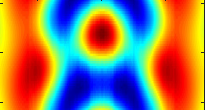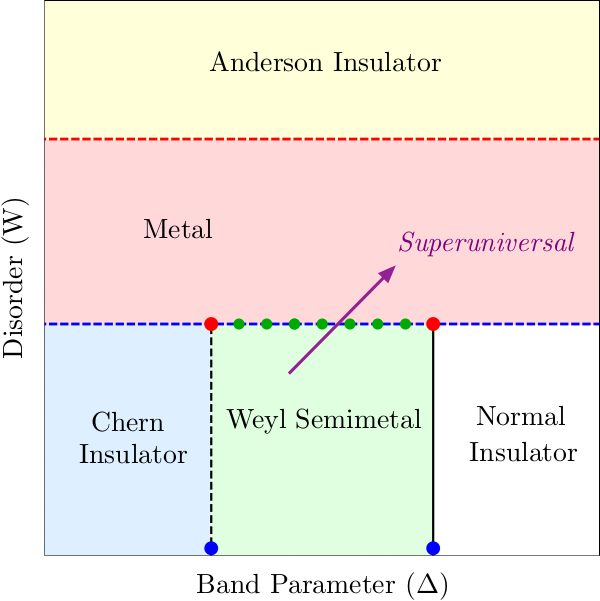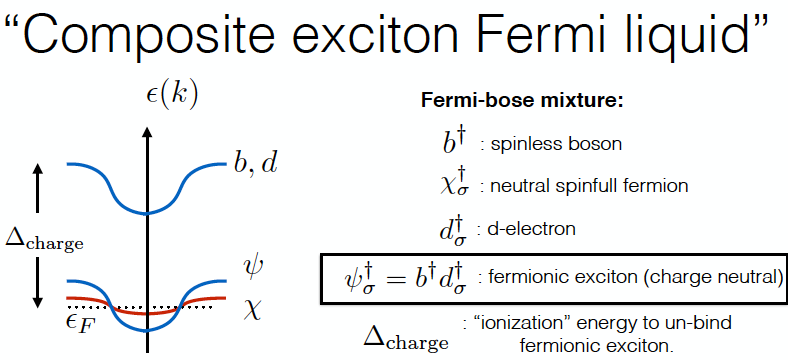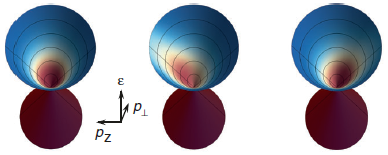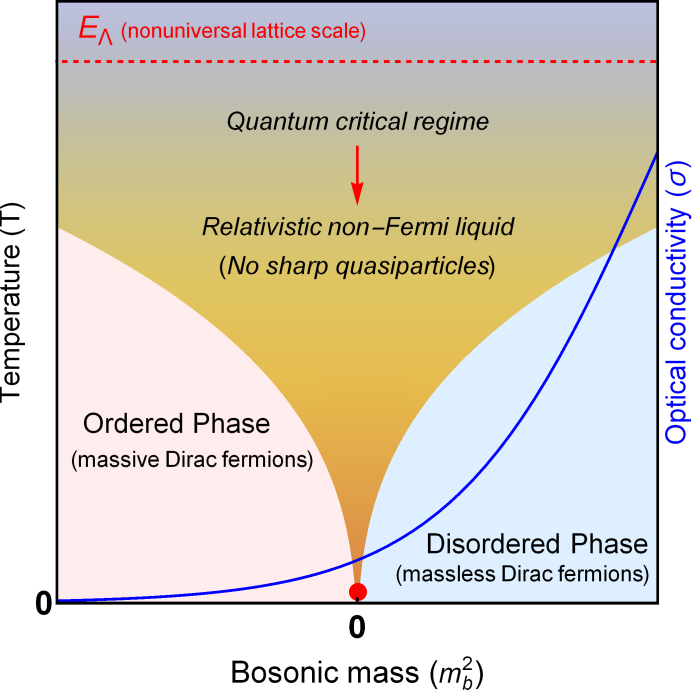
Topological materials
Topological materials
One of the major achievements in condensed matter over the past decades is the observation and protection of topological orders. These phases are not described in terms of symmetry breaking and associated local order parameters but rather by global topological invariants. Although the quantized transverse conductance of quantum Hall states has been known for decades, it was realized that new kinds of topological order can occur in the presence of certain symmetries leading to new types of edge states and excitations in the bulk as well as of defects.
The above developments are, however, just the beginning and are supplemented by many new questions. These entail, for example, the search for new topological materials by the abundance or new combinations of symmetries. Also links to other disciplines such as magnetically ordered systems and systems out of equilibrium provide for a new playing field to discover new symmetry protected orders. Over the past few years it has became evident that the notion of topological phases of matter is not limited to non-interacting systems as they can also be found inside exotic broken symmetry phases in various strongly correlated materials.
Our research is aimed at unveiling the confluence of competing orders, emergent topology and strain engineering in various strong spin-orbit coupled correlated metals. For more details on current and recent research highlights see the collection below.
